Attendee personas help you personalise your event marketing
Attendee personas (also known as buyer persona or audience persona) are fictional representations of different types of individuals who might attend an event. Creating these personas helps event organisers and businesses understand their target audience better, and tailor the event to meet the diverse needs and preferences of attendees.
Somewhat similar to profiling, these marketing personas represent your target audience and they transcend basic demographics, incorporating job titles, pain points, and buying processes. Understanding the diverse job titles within your potential attendee pool is crucial for tailoring content and marketing messages to address their specific professional needs. You can create content that offers solutions by delving into the motivations and pain points of your audience, making your event more appealing because you can relate to their needs.
Social media, a key element in modern marketing, plays a significant role, and identifying your target audience’s preferred social channels ensures focused and effective outreach. Real-life customer feedback obtained through surveys or interviews provides invaluable insights, refining your personas and enhancing the relevance of your marketing strategy. This comprehensive approach ensures that your event marketing resonates with the intricacies of your audience, resulting in a more engaging and successful event.

Using personas for target customers
Buyer personas are detailed representations of your target customers, and they can be used to guide your marketing, sales, and product development efforts. Here’s how you can use them:
Personalise Your Marketing:
Personalisation is a key aspect of modern marketing strategies. You can tailor your marketing efforts to resonate with your target audience. This could involve customising email marketing campaigns, social media posts, or website content to align with the interests, needs, and behaviours of your personas. For example, if a persona is interested in sustainable living, you might highlight your company’s eco-friendly products or practices, in your communications with this group.

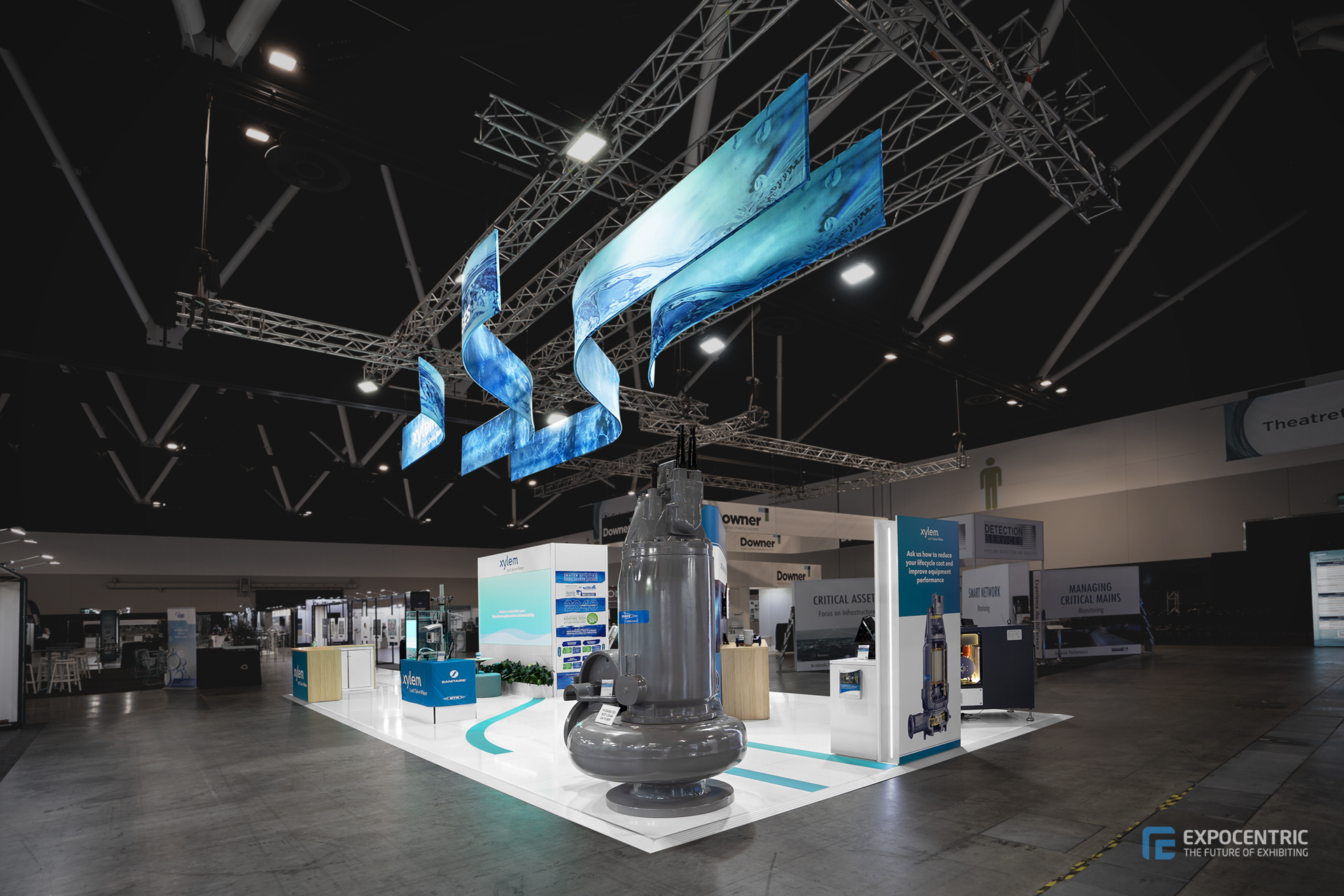
Improve Product or Services Development:
Buyer personas can provide valuable insights that improve your product development process. By understanding the needs, preferences, and pain points of your personas, you can design and develop products or services that better meet their needs. For instance, if your persona research indicates that a significant portion of your target audience enjoys outdoor activities, you might consider developing products that cater to this interest, such as outdoor gear or adventure travel packages.
Segment Your Customers:
Segmentation involves dividing your customer base into distinct groups based on shared characteristics, such as behaviours, needs, or preferences. This enables you to create more targeted and effective marketing campaigns. For example, you might segment your customers based on their product usage patterns and develop different communication strategies for heavy users versus occasional users.
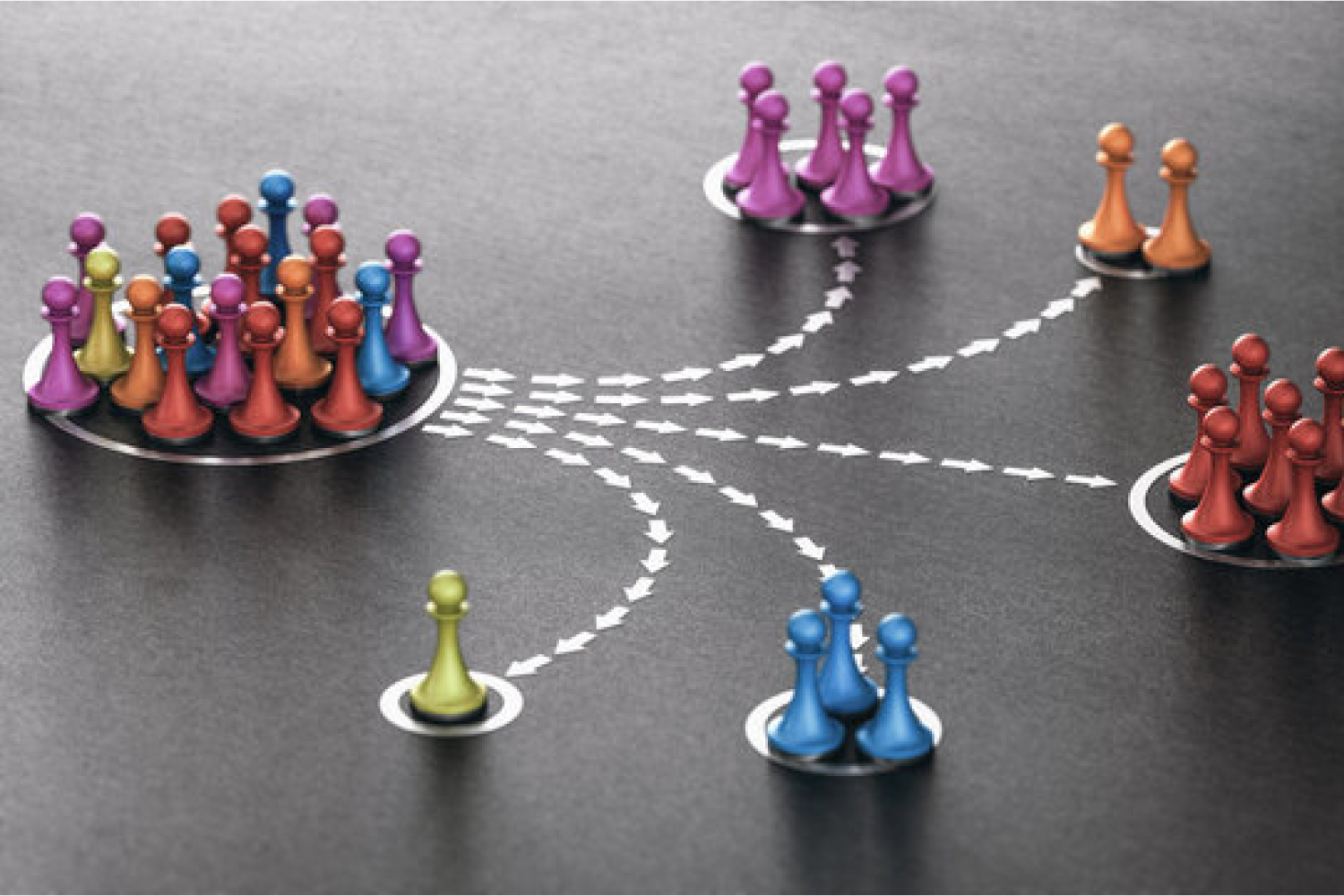
Make Better Business Decisions:
Buyer personas can provide a deep understanding of your customers, which can inform various business decisions. For instance, understanding the demographic and psychographic characteristics of your personas can help you identify new market opportunities, make informed decisions about product pricing, or determine the best channels for reaching your target audience.
Attract and Retain Customers:
By understanding and addressing the needs of your buyer personas, you can attract new customers and improve customer retention. This could involve tailoring your customer service approach to meet the expectations of different personas, developing loyalty programs that resonate with your target audience, or creating content that addresses the specific needs and interests of your personas.

Using personas for trade event attendees
Persona data can help tailor marketing messaging, event content, networking components, and even speakers to each specific persona. Here are some steps to develop attendee personas:
Use Your Collected Data:
Use post-show attendee surveys, interviews, quotes, and website or registration data to gather valuable insights that inform the creation of nuanced personas.
Start Asking Questions:
Initiate a proactive engagement strategy by reaching out and asking questions through surveys or interviews, aiming to comprehend the challenges, interests, and preferences of your attendees.
Look for Common Ground:
Analyse your attendee data to identify commonalities and differences among your audience, providing a foundation for persona development.
The Event Journey:
When crafting personas for events, consider the entire event journey for each persona profile, ensuring that your strategies cater to their needs at every stage. Based on the data you collected, and your planned campaign messaging/ storyline, try to align them together and see if your campaign message fits with the data of your attendees’ personas.
Once you’ve developed your attendee personas, use this information to strategically plan your content and marketing. For example, if your target audience is highly tech-savvy, incorporate technology throughout your exhibit.
Examples of Attendee Personas:
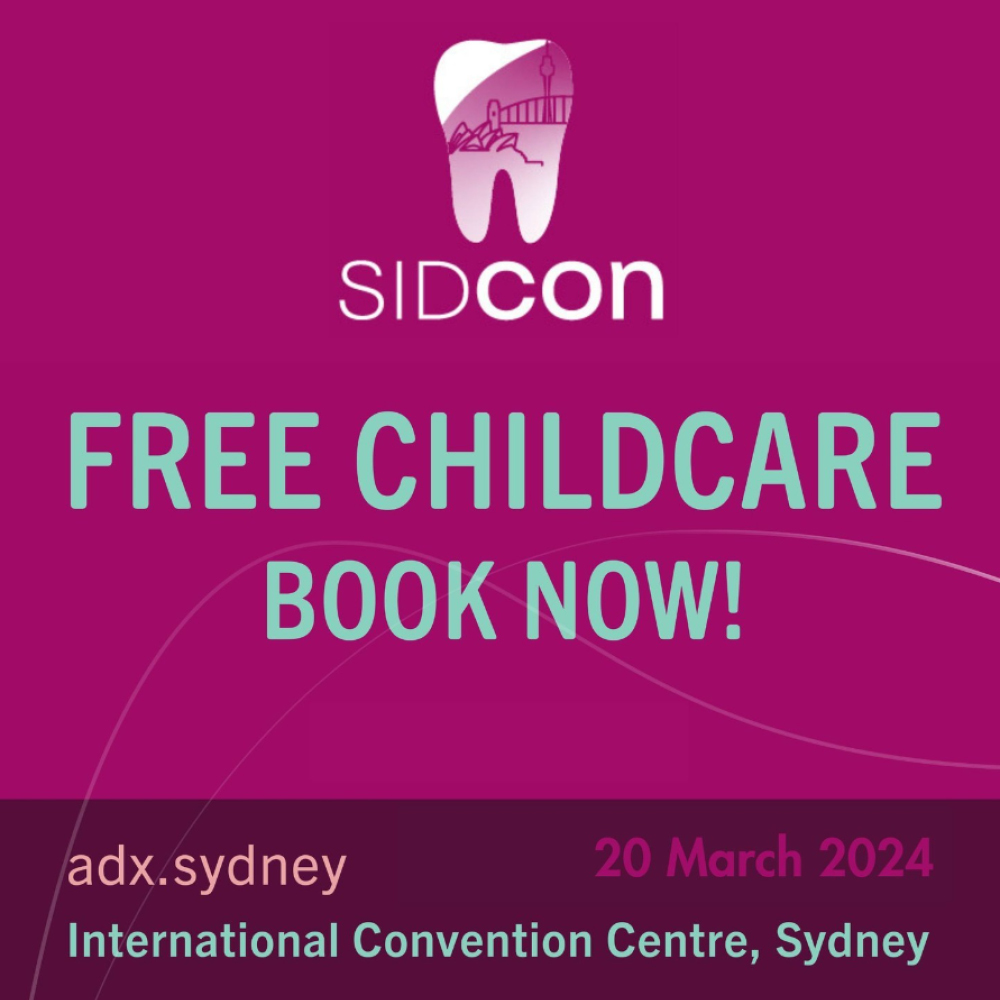
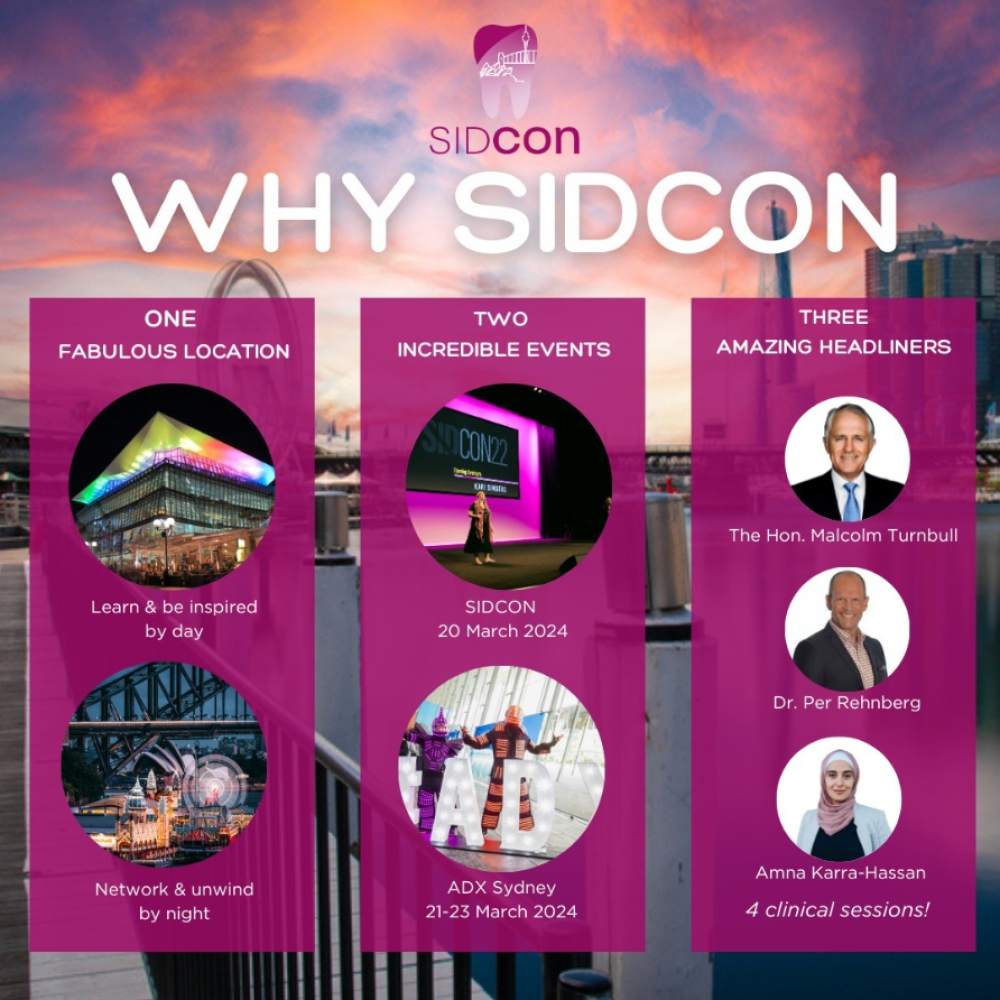
Essentialists:
Attendees who view your event as a must-attend engagement. Use craft-targeted messaging and exclusive offerings to appeal to their sense of event importance, ensuring their participation.
Comfort-Zoners:
Attendees who participate where they’re comfortable. Design spaces and activities that cater to their comfort preferences, promoting a relaxed and enjoyable experience.
On-liners:
Attendees who prefer to engage virtually with events.


More Reasons to Use Persona Data
Developing marketing personas, often called buyer personas, is a crucial aspect of a successful marketing strategy. These personas represent your ideal customer, providing detailed insight into their behaviours, motivations, and needs. Here’s why they are important:
Understanding Your Target Customer:
Developing marketing personas helps you gain a deep understanding of your customers’ behaviours, motivations, and needs. This understanding is not just about knowing their age or job title, but also about understanding their lifestyle, interests, pain points, and aspirations. This can be achieved by conducting market research, customer surveys, and interviews with real-life customers. The more detailed your understanding, the better you can tailor your products, services, and marketing efforts to meet their needs.
Informing Your Content Strategy:
Understanding your personas can guide your content marketing. By knowing what your personas are interested in, you can create content that appeals to them. This could involve using persona templates to ensure consistency and relevance in your content.
Guiding the Sales Process:
Sales teams can use personas to understand the buying process of potential customers. This can help them tailor their sales approach to the needs and preferences of each persona. For example, if a persona is particularly price-sensitive, the sales team might focus on demonstrating the cost-effectiveness and value-for-money of your products or services.

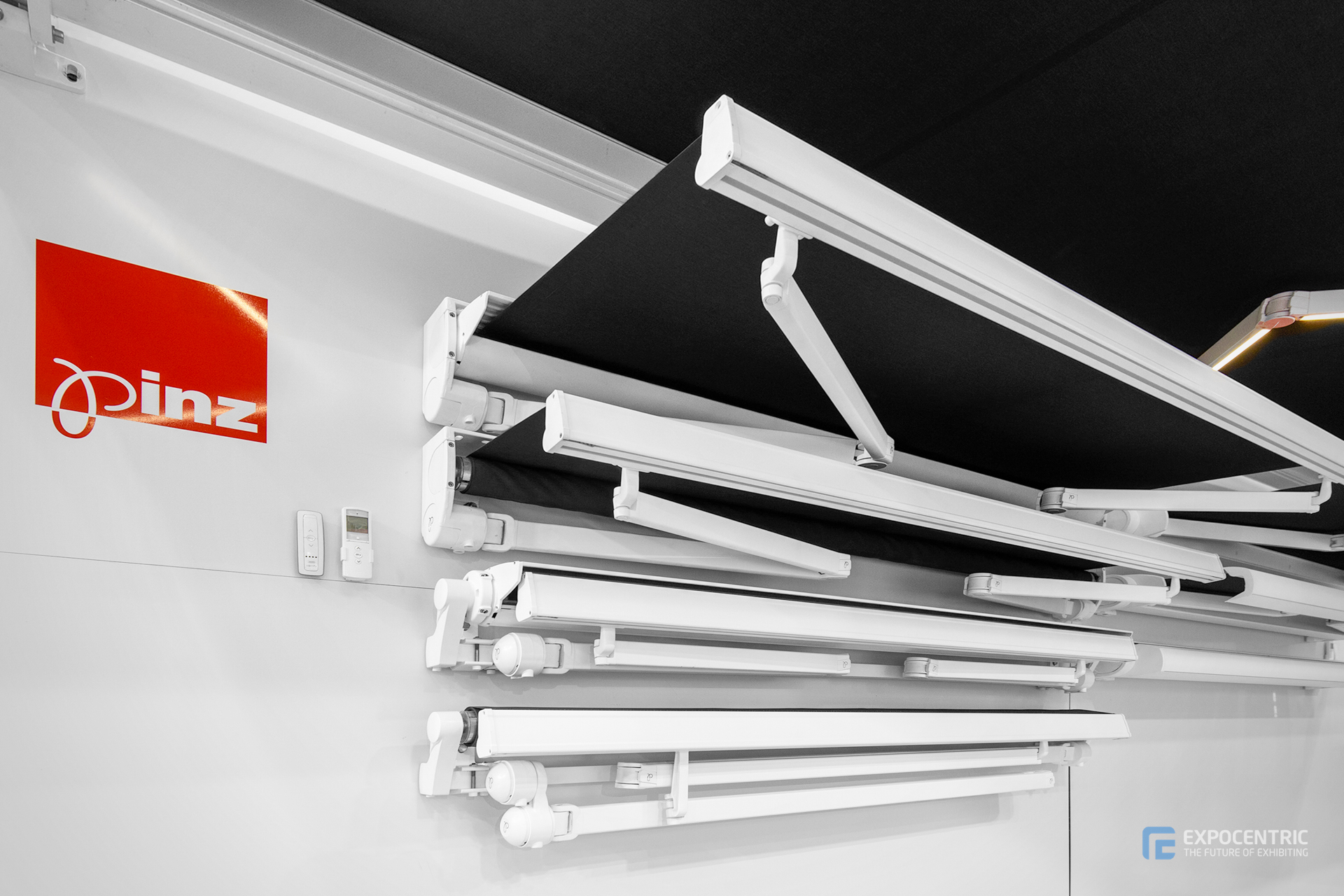

Buyer Personas Inform Product Development
Detailed personas provide valuable data points that can guide your product development process. By understanding the needs and motivations of your personas, you can align your product development with your target audience. This ensures that you are creating products or services that your customers actually want.
Understanding Customer Motivations:
By developing personas, you gain a deep understanding of your customers’ motivations. This understanding is not just about knowing their age or job title, but also about understanding their lifestyle, interests, pain points, and aspirations. This can be achieved by conducting audience research, which includes customer surveys, interviews with real-life customers, and website analytics. The more detailed your understanding, the better you can tailor your products, services, and marketing efforts to meet their needs.
Creating Relevant Products:
Detailed personas provide valuable data points that can guide your product development process. By understanding the needs and motivations of your personas, you can align your product development with your target audience. This ensures that you are creating products or services that your customers actually want. For example, if your persona research indicates that a significant portion of your target audience enjoys outdoor activities, you might consider developing products that cater to this interest, such as outdoor gear or adventure travel packages.
Guiding Marketing Strategies:
Understanding your personas can guide your content marketing efforts. By knowing what your personas are interested in, you can create relevant content that appeals to them. This could involve using a persona template to ensure consistency and relevance in your content. For example, if a persona is interested in sustainable living, you might highlight your company’s eco-friendly products or practices in your communications with this group.
Improving Sales Process:
Sales teams can use personas to understand the buying process of potential customers. This can help them tailor their sales approach to the needs and preferences of each persona. For example, if a persona is particularly price-sensitive, the sales team might focus on demonstrating the cost-effectiveness and value-for-money of your products or services.
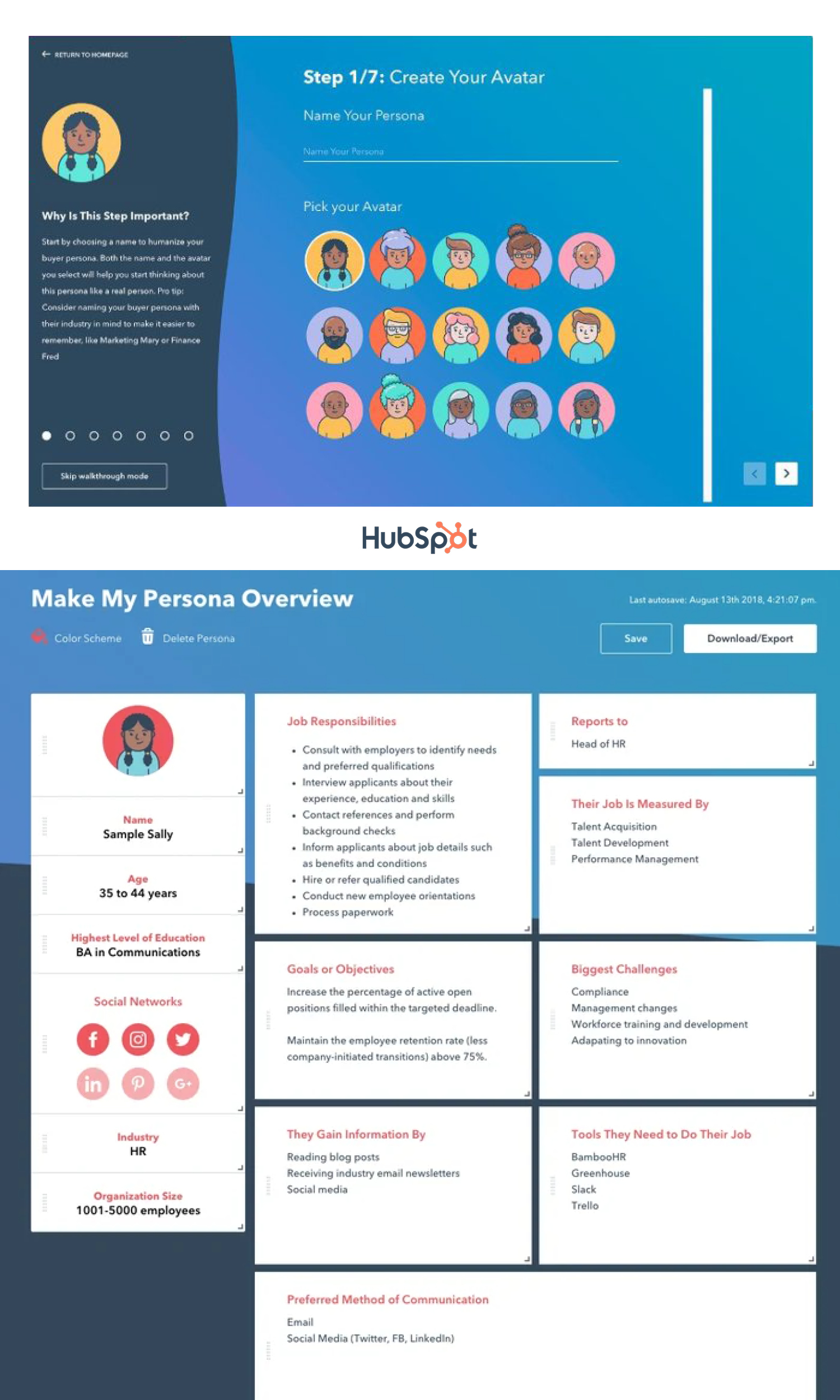
How to Create Event Marketing Personas
Creating effective event marketing personas is crucial for targeting your audience with precision and enhancing engagement. Follow these four steps to develop insightful personas for your event marketing strategy:
Gather Raw Data:
Begin the process by collecting raw data from various sources such as customer interviews, your contacts database, and website analytics. This information serves as the foundation for creating marketing personas.
Identify Patterns and Define Characteristics:
Analyse the collected data to identify patterns and define the defining characteristics of your audience. Look for commonalities and differences that will help you categorize your audience into distinct persona profiles. Each persona should include basic demographic information, personality traits, and defining characteristics. You might end up with a few personas, each representing a separate persona or niche audience.
Utilise Free Templates for More Detail:
Leverage free templates to structure your persona development process. These templates often include sections for basic demographic information, helping you organize and delve into more detail about each persona.
Interview Customers for Personal Insights:
Take the initiative to interview customers directly. This research phase provides personal insights into their preferences, personality traits, and specific needs. Incorporating this qualitative data into your personas ensures a more comprehensive understanding.
Add Detail Your Personas:
Add more detail to your personas to make them as realistic as possible. This could involve fleshing out their job title, interests, and motivations. The more detailed your personas, the better you can understand and cater to your target personas.
Use Your Collected Personas:
Use your personas to guide your event planning and marketing strategies. This could involve tailoring your content marketing efforts to resonate with each persona, or personalizing the event experience to meet the needs of each persona.
By creating marketing personas with free templates, utilising raw data, and conducting customer interviews, you can effectively target your niche audience. Identify key segments, define characteristics, and tailor your event marketing strategy to resonate with the specific needs of your target personas.

Buyer personas enable the optimisation of demand generation, lead generation, and lead-nurturing content
Demand Generation:
Demand generation is the focus of targeted marketing programs to drive awareness and interest in a company’s products and/or services. Creating marketing personas allows you to understand who your ideal customers are (your target personas), what they are interested in, and where they spend their time. This understanding allows you to create and position your marketing content where your target audiences are most likely to see it, thereby optimising your demand-generation efforts.
Lead Generation:
Lead generation involves attracting and converting strangers and prospects into someone who has indicated interest in your company’s product or service. By understanding your buyer personas, you can tailor your lead-generation strategies to resonate with your target audiences. For example, if your persona research indicates that a significant portion of your target audience is active on social media, you might consider running targeted ads or creating engaging content on these platforms to generate leads.
Lead Nurturing:
Lead nurturing is developing relationships with buyers at every stage of the sales funnel and through every step of the buyer’s journey. It focuses on marketing and communication efforts to listen to prospects’ needs and provide the information and answers they need. By crafting personas, you can understand the needs and behaviours of your personas, which can guide your lead nurturing content. For example, if a persona is particularly price-sensitive, your lead nurturing efforts might focus on demonstrating the cost-effectiveness and value-for-money of your products or services.

Understanding the Importance of Marketing Personas
Imagine you’re a writer. To create a compelling story, you need to understand your characters – their values, motivations, desires, and challenges. The same principle applies in marketing. Marketing personas are fictional ‘sketches’ representing key segments of your target audience.
To enhance our marketing strategies, we must proactively look to create marketing personas that resonate with our audience segments. Leveraging a buyer persona template and analysing demographic details, we aim to delve into the unique attributes and characteristics of our existing customers.
By developing customer personas, also known as audience personas, we can fine-tune our persona marketing approach, ensuring that our messaging and content align precisely with the needs and preferences of each key segment. Our objective is to create personas that go beyond basic demographic details, providing a comprehensive understanding of our target persona.
We recognise the importance of a free template in streamlining this process, offering a structured framework to organise and categorise the insights gathered. Through thoughtful analysis and a few ideas, we seek to determine how many personas are necessary to effectively represent the diverse facets of our audience. Ultimately, our goal is to own personas database that serves as the cornerstone of our marketing efforts, enabling us to deliver personalised and impactful experiences to our target audience.
Stay tuned for more on part 2 of this article.
Elevate your marketing success with us! As a full-service marketing agency, we’re here to tailor solutions to meet your unique needs, whether they’re specific or diverse. Ready to transform your marketing strategy? Reach out to us today and let’s make your vision a reality!
